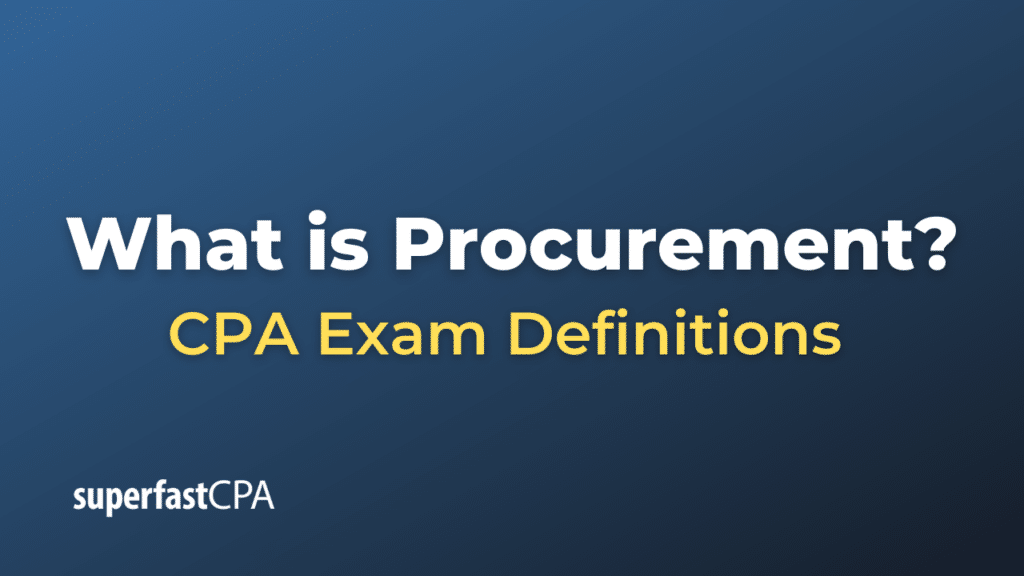Procurement
Procurement refers to the process by which companies obtain goods and services from suppliers. It involves activities such as identifying needs, sourcing and negotiating with potential suppliers, establishing payment terms, contract management, and maintaining supplier relationships.
Procurement can be divided into direct procurement and indirect procurement. Direct procurement involves purchasing materials and goods that are directly used in the production of a product or service delivered to customers, such as raw materials in manufacturing. Indirect procurement, on the other hand, involves purchasing goods and services needed for the company’s operations, such as office supplies or IT equipment.
Effective procurement is important because it can lead to cost savings, improved quality, better supplier relationships, and increased efficiency in operations. It also plays a key role in risk management by ensuring the company has a reliable supply of the goods and services it needs to operate.
Example of Procurement
Imagine you’re running a furniture manufacturing company. Your products are made out of wood, and you need a steady supply to keep your production going.
- Identifying needs: You determine the type and quantity of wood you need based on your product designs and production schedule.
- Sourcing suppliers: You conduct research to identify potential suppliers who can provide the type of wood you need. This might involve online research, attending trade shows, or asking for recommendations.
- Evaluating and selecting suppliers: You request quotes from several suppliers and evaluate them based on price, quality, reliability, and their ability to deliver on time. You might also consider factors like their environmental practices or their location.
- Negotiating and establishing contracts: Once you’ve selected a supplier, you negotiate the price and other terms, such as delivery schedule, payment terms, and what happens if problems arise. These terms are formalized in a contract.
- Ordering and receiving goods: You place orders based on your production schedule, receive the goods, and check that they’re of the expected quality and quantity.
- Paying suppliers: You pay the supplier according to the agreed payment terms.
- Maintaining the relationship: You maintain communication with the supplier, providing feedback, resolving any issues that arise, and potentially renegotiating the contract as needed.
This entire process is procurement, and each step is critical to ensure that your business gets the materials it needs to produce its products, at the best possible price and quality.












